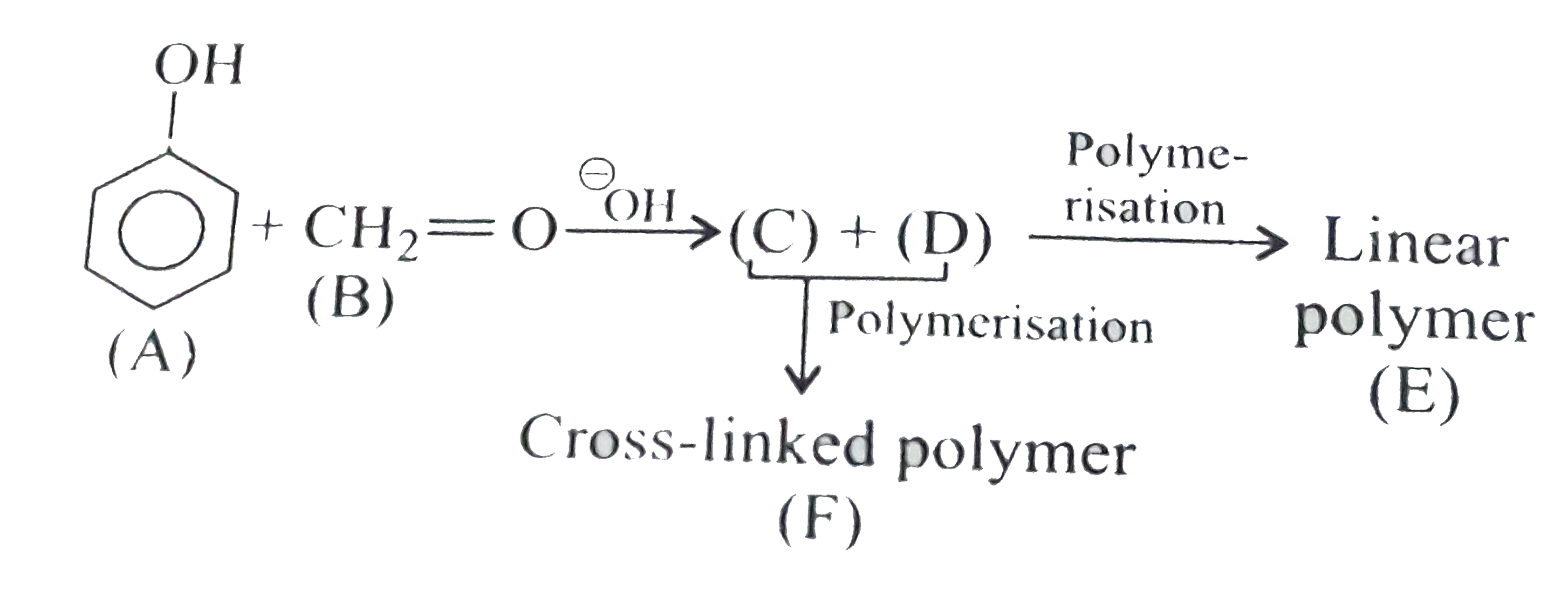When heated with zinc chloride, lactides forms a linear polymer which may be
Polystyrene
polyamide
Polyester
Polythene
The correct Answer is:A
To solve the question regarding the formation of a linear polymer from lactides when heated with zinc chloride, we can follow these steps:
1. Understanding Lactides:
- Lactides are cyclic esters derived from lactic acid. They can undergo polymerization to form linear polymers.
2. Heating with Zinc Chloride:
- When lactides are heated in the presence of zinc chloride, a catalyst, they undergo a process called ring-opening polymerization. This process allows the cyclic lactides to open up and link together to form a long chain.
3. Formation of Polylactic Acid:
- The polymer formed from the polymerization of lactides is known as polylactic acid (PLA). This is a type of polyester, as it is formed from the condensation reaction of lactic acid monomers.
4. Identifying the Type of Polymer:
- Among the options provided (polystyrene, polyamide, polyester, polyethylene), the correct answer is polyester. This is because polylactic acid is classified as a thermoplastic polyester.
5. Chemical Formula:
- The general formula for polylactic acid can be represented as (C3H4O2)n, where 'n' indicates the number of repeating units in the polymer chain.
Final Answer:
When heated with zinc chloride, lactides form a linear polymer which may be polyester (specifically polylactic acid).
---
- Lactides are cyclic esters derived from lactic acid. They can undergo polymerization to form linear polymers.
- When lactides are heated in the presence of zinc chloride, a catalyst, they undergo a process called ring-opening polymerization. This process allows the cyclic lactides to open up and link together to form a long chain.
- The polymer formed from the polymerization of lactides is known as polylactic acid (PLA). This is a type of polyester, as it is formed from the condensation reaction of lactic acid monomers.
- Among the options provided (polystyrene, polyamide, polyester, polyethylene), the correct answer is polyester. This is because polylactic acid is classified as a thermoplastic polyester.
- The general formula for polylactic acid can be represented as (C3H4O2)n, where 'n' indicates the number of repeating units in the polymer chain.
When heated with zinc chloride, lactides form a linear polymer which may be polyester (specifically polylactic acid).
Topper's Solved these Questions
- BIOMOLECULES AND POLYMERBOOK - ERRORLESS CHAPTER - BIOMOLECULES AND POLYMEREXERCISE - Ordinary Thinking (Composition,properties, and uses of polymers )
48 Videos
- BIOMOLECULES AND POLYMERBOOK - ERRORLESS CHAPTER - BIOMOLECULES AND POLYMEREXERCISE - Critical thinking (objective question)
37 Videos
- BIOMOLECULES AND POLYMERBOOK - ERRORLESS CHAPTER - BIOMOLECULES AND POLYMEREXERCISE - Ordinary Thinking (Classification on polymers)
45 Videos
- ANALYTICAL CHEMISTRYBOOK - ERRORLESS CHAPTER - ANALYTICAL CHEMISTRYEXERCISE - JEE Section (Only One Choice Answer)
36 Videos
- CARBOXYLIC ACID AND THEIR DERIVATIVESBOOK - ERRORLESS CHAPTER - CARBOXYLIC ACID AND THEIR DERIVATIVESEXERCISE - Jee Section (Matrix Match type Questions)
2 Videos
Similar Questions
Knowledge Check
Which of the following is a linear polymer ?
AAmylopectinBGlycogenCStarchDAmyloseWhich of the following is a linear polymer ?
ANylonBBakeliteCLow density polytheneDMelamine-formaldehyde polymer.Which of the following is a linear polymer?
ALow density polytheneBHigh density polytheneCMalamineDAmylopectin
Which of the following is not linear polymer
View Solution
The linear polymer(E)is formed is:
View SolutionWhich compound form linear polymer due to H-bond
View SolutionWhen phenol (M) is heated with zinc dust, it gives compound 'N' which is the first aromatic compound studied. When compound 'N' is treated with carbon monoxide and hydrogen chloride under high pressure in the presence of anhydrous aluminium chloride and cuprous chloride , it gives compound 'Q'. Identify the compound 'N' and 'Q'.
View SolutionWhich cannot form addition polymers ?
View Solution
